 |
Instructions
Materials
| 1 inflatable globe |
1 small, plastic protractor |
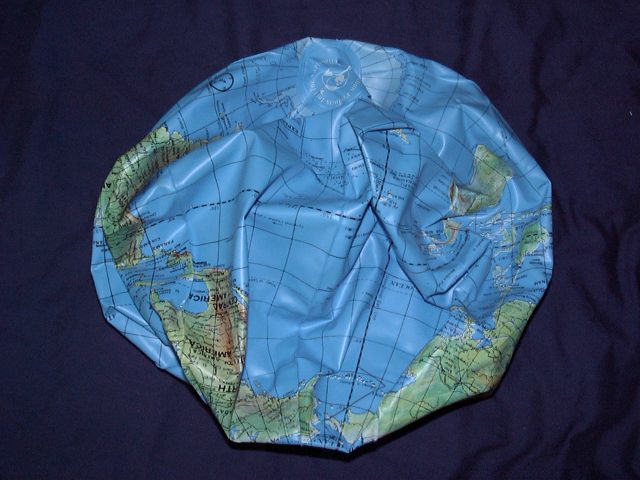 |
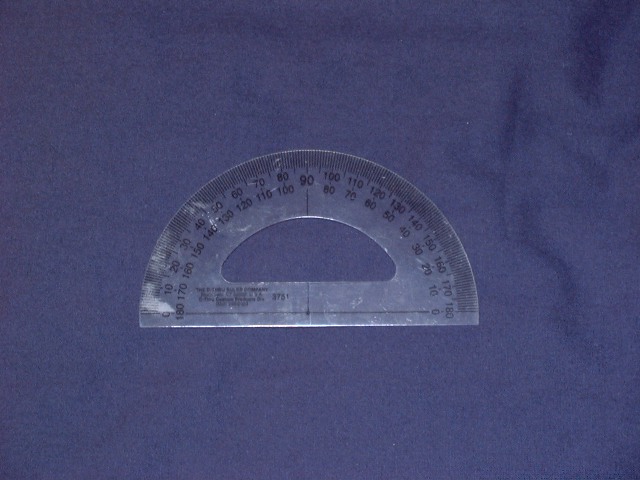 |
| 1 magnetic compass with degree markings |
2 or more fine point DRY ERASE marker (different colors) |
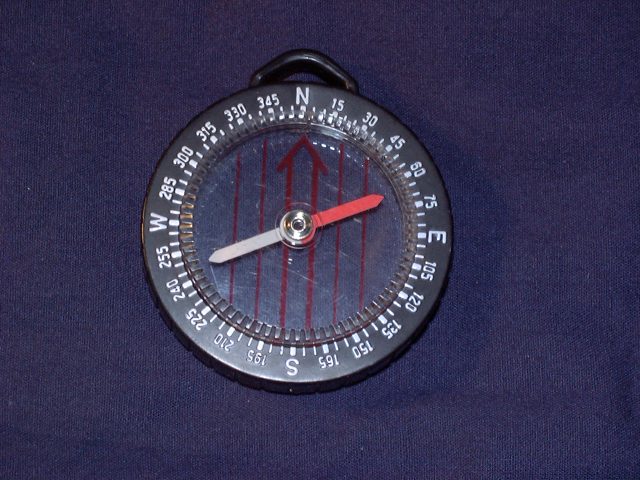 |
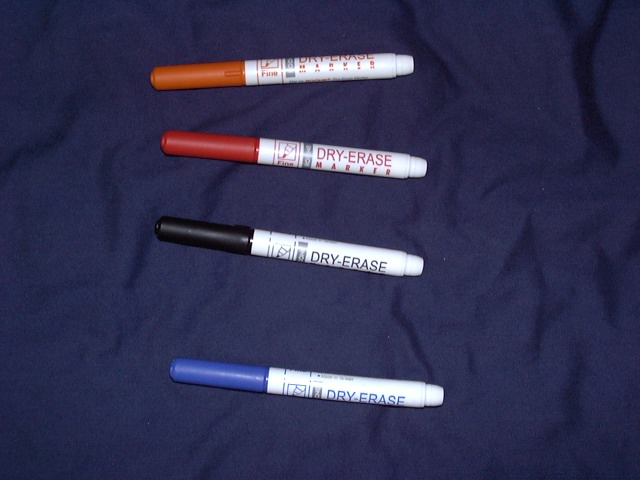 |
Procedure
Step 1: Find Your Local Noon
- Go outside on a sunny day and either find a vertical object
such as a lamp post, or use a metal rod that has been fastened
to some sort of base, ensuring that it is perpendicular to the
ground.
- Periodically draw a line on the ground with chalk to mark the
length of the shadow, and mark the time the line was drawn. Once
the shadow has reached its shortest, and started to increase again,
make a few more markings.
- Draw a curve that connects the ends of all the lines that were
drawn earlier, and mark the spot where the curve is the closest
to the lamppost or metal rod. A straight line drawn from the object
to this mark will point in the direction of true north (see figure
below).
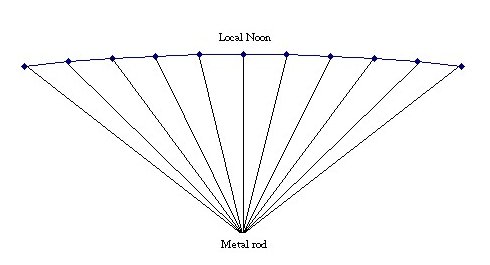
Step 2: Locating the Magnetic North Pole
Note: Be sure to conduct your experiment outdoors,
staying away from buildings, or any other possible of magnetic fields.
Other fields may cause the compass to not point to the Magnetic North
Pole.
- Orient your compass so that the marking on it that says north
points in the same direction as the line you drew pointing to
true north.
- Record the angle that the needle makes with the north marking.
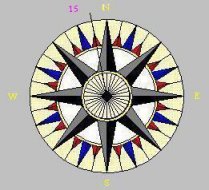 |
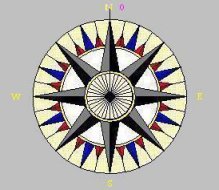 |
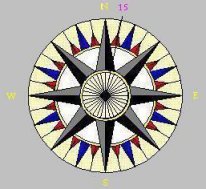 |
| 15 degrees West |
0 degrees |
15 degrees East |
Step 3: Using your data
- Inflate your globe, making it as round as possible.
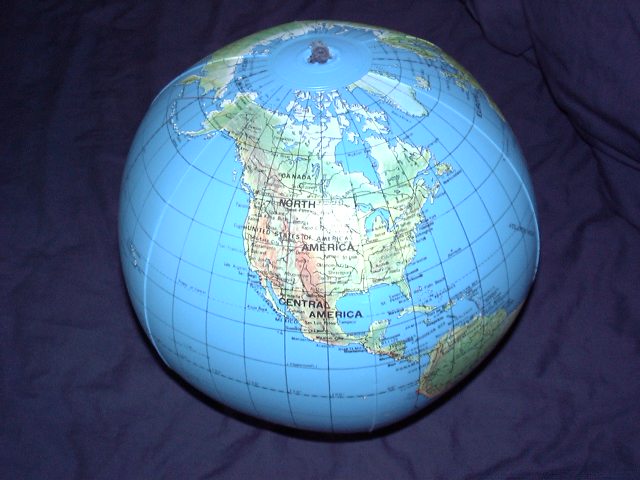
- Locate your city and mark it using one of the markers.
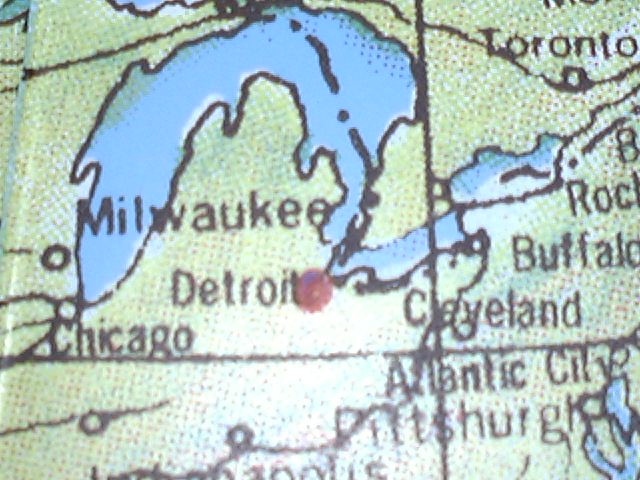
- Draw a line from your city to the North Pole.
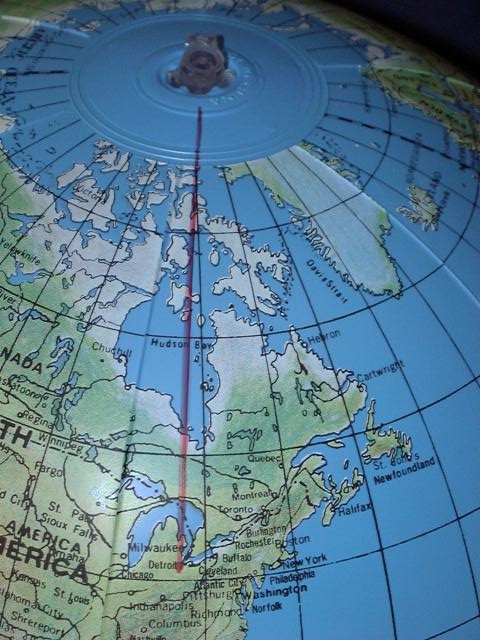
- Place the globe on a table, and orient it so that your city
on top (pointing directly towards the ceiling). Now, take the
protractor and mark on the globe the measured number of degrees.
Then, draw a line from your city through the mark you made.
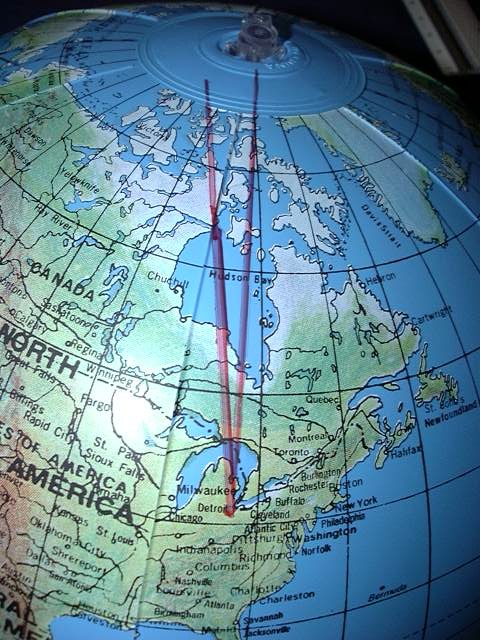
NOTE: By using DRY ERASE markers, if you make
a mistake, you can use isopropyl alcohol and a tissue to remove the
marker.
Step 4: Locating the Magnetic North Pole
- Submit your data online.
- While there, take down the data submitted from at least one
other school. Mark this data on your globe, just like you marked
your own.
- The point of intersection of the lines measured to the magnetic
north pole is its location!
|
|












